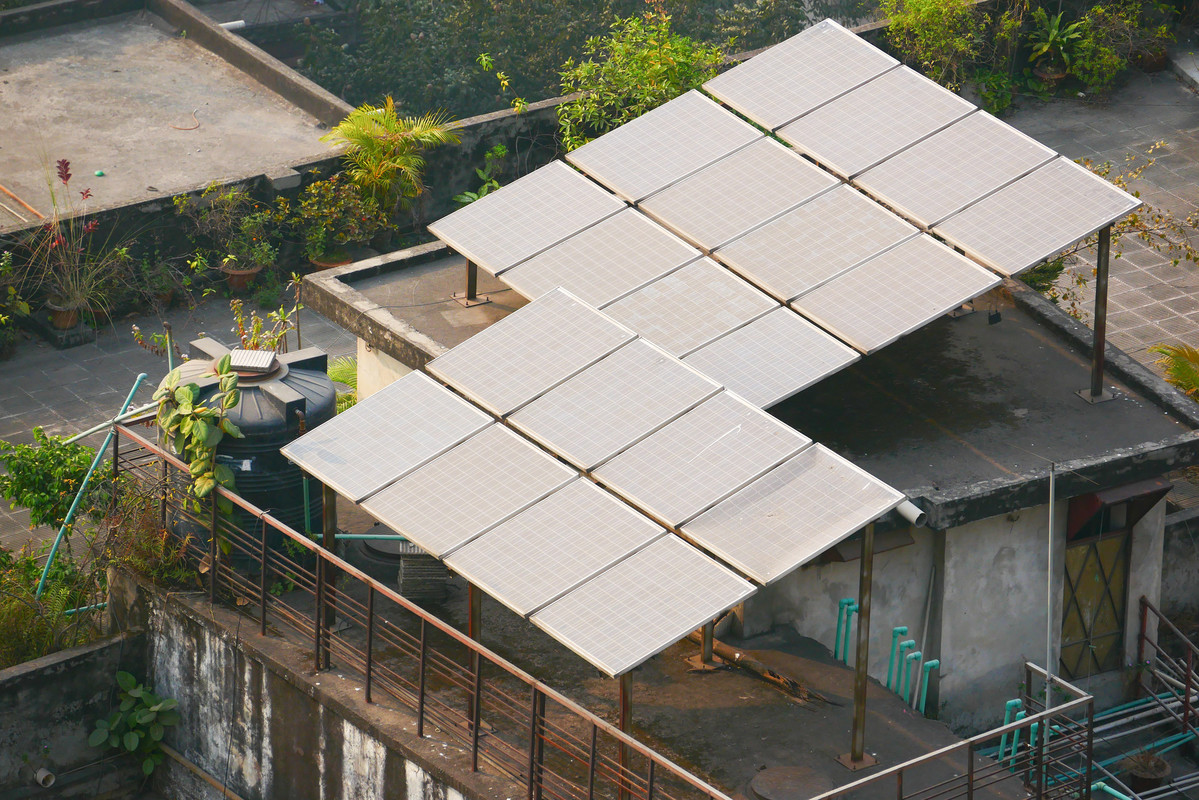“A just energy transition is something we have to get right”: Camilla Roman on how ILO is supporting coal regions in transition
The International Labour Organisation (ILO) ensures that the needs of coal region workers are represented...

Putting people and inclusivity at the heart of clean energy transitions is vital for successful energy and climate policies. It also presents an important opportunity to address existing socio-economic inequalities. With investments in clean energy surpassing those in fossil fuels, governments are positioned to seize the moment, developing comprehensive policies that address climate action, poverty reduction and inequality simultaneously. Ensuring fairness within clean energy policies helps avert disproportionate effects for certain segments of society. In a recent commentary, the International Energy Agency explored how to maximise the social benefits of clean energy policies for low-income households.
While established methods exist for creating carbon-reduction policies, there’s insufficient knowledge about integrating inequality and poverty reduction into these strategies. For instance, government-funded energy-efficiency retrofits can offer immediate job opportunities. Yet, if these upgraded properties lead to rental spikes, it may inadvertently widen the socio-economic gap. Hence, careful policy design is required.
Local context is important to design socially progressive energy policies. For example, renewable energy schemes might unintentionally deepen poverty in fully electrified countries by increasing electricity costs without protection for poorer consumers. Similarly, policies that trigger a rise in transport fuel prices would heavily burden low-income households in nations where car ownership is common. But in countries where car ownership is concentrated among the highest earners, fuel price increases are likely to affect the wealthiest households most. Understanding these nuances is essential for equitable policy design.
It’s essential to identify and focus on economically vulnerable populations early in the policy design process.
Effective policy tools for poverty alleviation within clean energy initiatives include incentives for low-income groups, enhancing energy accessibility in impoverished regions, and community-led energy projects. Additionally, combining clean energy measures with strategies addressing the distinct challenges of low-income households can improve equity. For instance, solar energy systems in remote areas might necessitate accompanying policies for technical skills training.
It’s essential to identify and focus on economically vulnerable populations early in the policy design process. Currently, only a fraction of the funds allocated to alleviate the global energy crisis directly support low-income households. Understanding diverse energy consumption habits can further refine policy design. The Brazilian Energy Research Office, for instance, launched the Electrical Gini Index, a tool monitoring energy access inequality. Such insights can inform subsidy programmes, ensuring, for instance, that improvements in living and energy standards don’t end up inadvertently inflating energy bills.
Including the perspectives of economically vulnerable groups in policy design can prevent adverse social effects. Los Angeles’s LA100 Equity Strategies study exemplifies this approach: officials actively sought feedback from local, especially low-income, communities for their clean energy transition plans.
In summary, when designing clean energy policies, particularly those that may affect energy prices, it is imperative to understand their social impacts and work toward ensuring long-term positive equity outcomes.
Receive updates on just energy transition news, insights, knowledge, and events directly in your inbox.